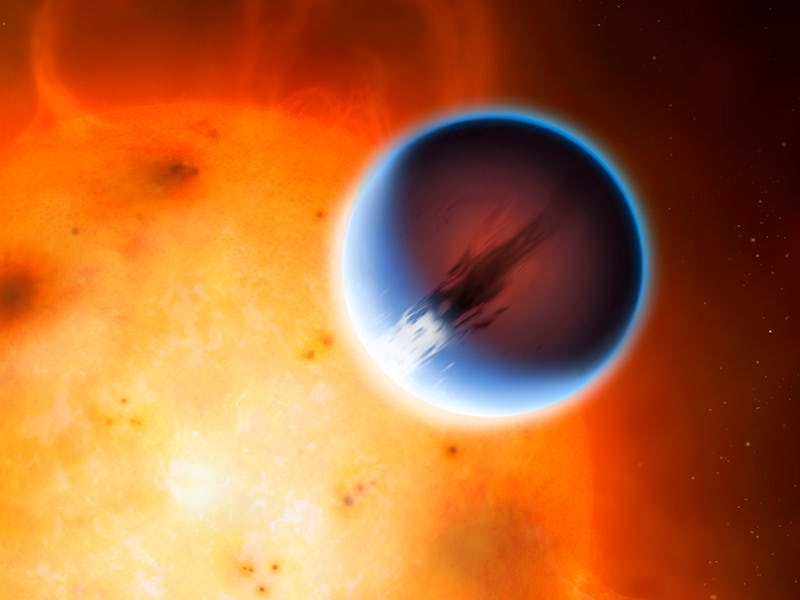With over 1,000 sensors, this camera could scan exoplanets for alien life
Counting individual photons helps untangle the mysteries of the universe.

A new camera developed by the researchers at the National Institute of Standards and Technology (NIST) could help us locate extraterrestrial life. The camera has over 1,000 sensors, and it can count single photons and detect dark matter. When used with a space-based telescope, it could allow scientists to locate chemical signs of life on other planets, according to a report published in the journal Optics Express.
The sensors in this camera operate using superconducting nanowires, which means that it is able to make electrical resistance vanish and expel magnetic flux fields. The sensors allow the camera to individual photons and additionally makes it suitable for detecting dark matter, due to its extremely low dark count rates. Dark count rates quantify how much noise is interfering with a camera’s sensors.
NIST electronics engineer Varun Verma said in a statement they already have a plan for how they’d like to utilize this camera.
“My primary motivation for making the camera is NASA’s Origins Space Telescope project, which is looking into using these arrays for analyzing the chemical composition of planets orbiting stars outside of our solar system,” Verma said.
The way these researchers will be able to detect signs of extraterrestrial life is by looking at the starlight that passes through a planet’s atmosphere on its way toward Earth.
“The idea is to look at the absorption spectra of light passing through the edge of an exoplanet’s atmosphere as it transits in front of its parent star,” Verma explained. “The absorption signatures tell you about the elements in the atmosphere, particularly those that might give rise to life, such as water, oxygen and carbon dioxide. The signatures for these elements are in the mid- to far-infrared spectrum, and large-area single-photon counting detector arrays don’t yet exist for that region of the spectrum, so we received a small amount of funding from NASA to see if we could help solve that problem.”
The superconducting nanowires that this team is using for the camera can do some pretty amazing things beyond help scientists look for aliens. As a NIST team demonstrated in 2015, they can be used to attempt physics experiments that we previously had a very difficult time testing.
NIST researchers were able to test Einstein’s concept of “spooky action at a distance” using this technology. This concept, also referred to as quantum entanglement, suggests that two particles can become entangled in such a way that their properties will forever correlate no matter how far apart they may be. When you measure one particle, its properties will always reflect the other particle’s properties.
See also: Chinese Scientists Launch the Global Quantum Space Race
The NIST researchers were able to measure two entangled photons using their superconducting nanowires and found that spooky action at a distance is a very real thing. Quantum entanglement has also been confirmed to be a real phenomenon by multiple other research teams.
Besides looking for aliens, these NIST researchers are looking at using their camera to learn what they can about dark matter, which is still a highly misunderstood type of matter. Because the camera receives so little noise, they may be able to discover things about dark matter that were not previously possible.